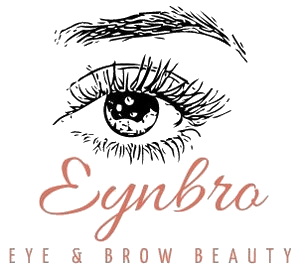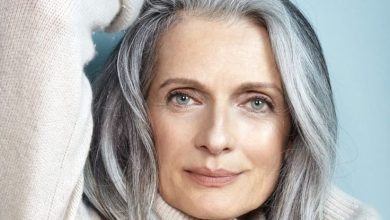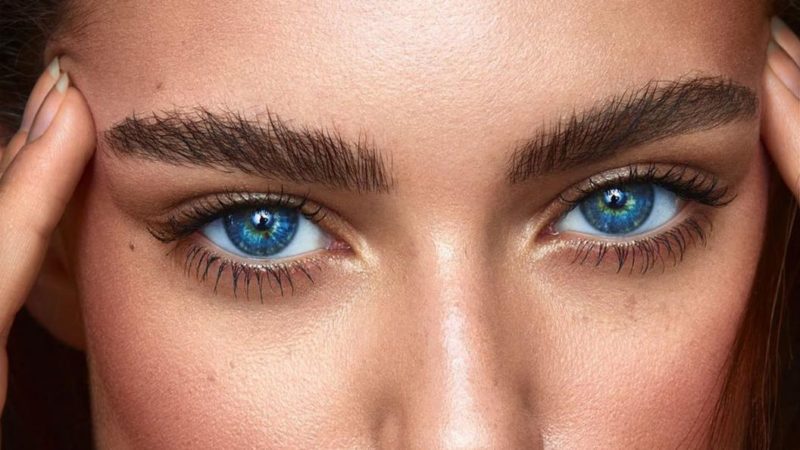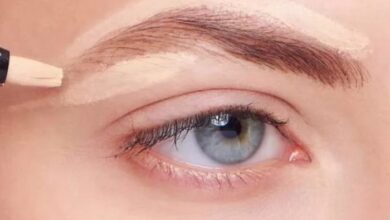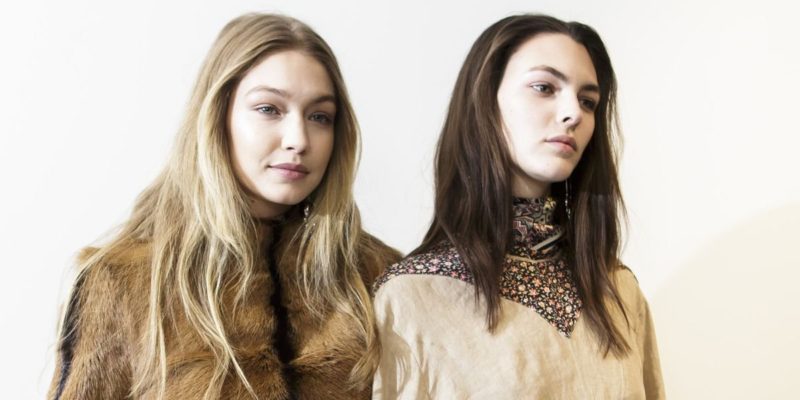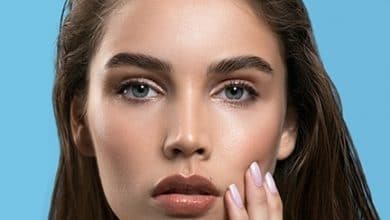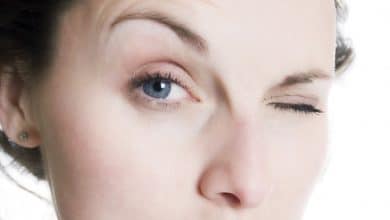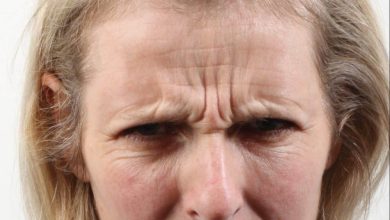Beauty ideal eyebrows – antiquity until today
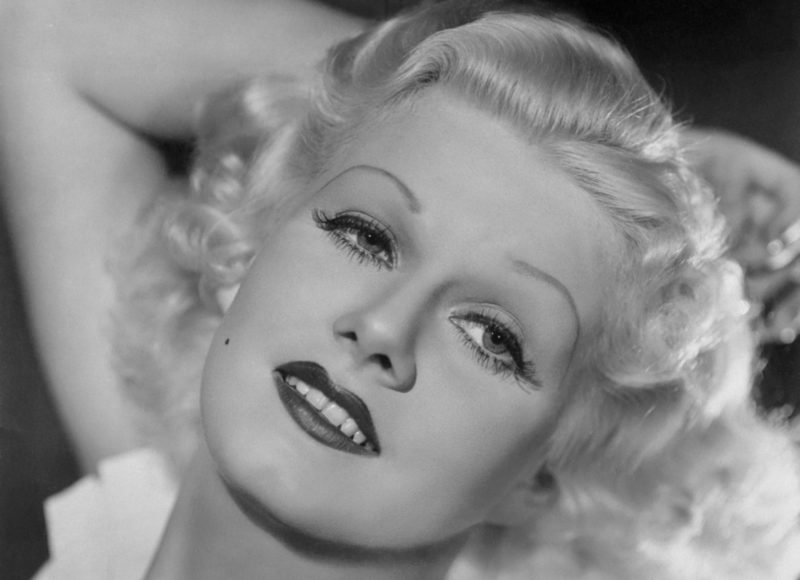
Eyebrows form the frame of the face.
They are ornamental and aesthetic stylistic elements, but also support communication and serve to protect the eyes from wetness and sun.
In particular, they are and have always been an expression of different beauty ideals.
Egypt
In ancient Egypt women and men used to put on a lot of make-up. This had aesthetic reasons, of course, but also hygienic and religious ones.
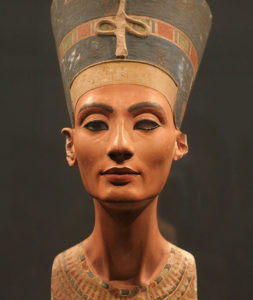 The make-up was supposed to keep evil spirits away and served to honor the gods. According to the Greek historian Herodotus, all the inhabitants of a house shaved their eyebrows if a cat had died in it.
The make-up was supposed to keep evil spirits away and served to honor the gods. According to the Greek historian Herodotus, all the inhabitants of a house shaved their eyebrows if a cat had died in it.
The bust of Nefertiti (1345 BC) on the right shows the wife of the pharaoh with high, black, perfectly curved eyebrows. Dark eyebrows together with blackened eye rims were part of the Egyptian look.
Eyebrows in antiquity
The ancient Greeks had their own make-up rituals and ideals, which included thick and dark eyebrows.
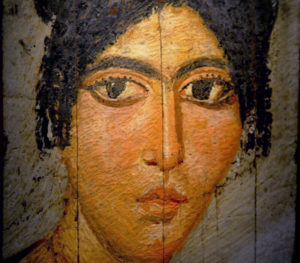 Women, like the Egyptians, used crushed minerals to blacken their brows. The unibrow, i.e. continuous or conjoined eyebrows, was sometimes fashionable.
Women, like the Egyptians, used crushed minerals to blacken their brows. The unibrow, i.e. continuous or conjoined eyebrows, was sometimes fashionable.
The unibrow or monobrow also appeared with the Romans.
Authors from both cultures describe women who use false eyebrows. These “eyebrow wigs” were made of goat hair and glued with tree resins.
The reason for using false eyebrows may have been the use of lead white as a skin-lightening primer. This toxic make-up, which was used until the 18th century and had numerous serious side effects, often caused facial hair to fall out.
Monobrow in the Middle East
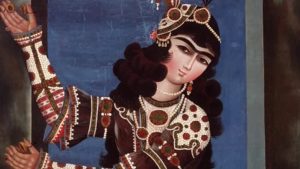 Nowadays eyebrows would be considered a really serious beauty flaw, but the unibrow was actually a beauty ideal in different cultures throughout history.
Nowadays eyebrows would be considered a really serious beauty flaw, but the unibrow was actually a beauty ideal in different cultures throughout history.
For example, a Byzantine mosaic created in 548 B.C. shows the ruler Theodora, wife of Justinian, with Khol blackened eyes and perfectly shaped unibrow.
Also during the Qajar Dynasty in Iran (1785-1925), blindfolded eyebrows were considered beautiful, as seen on the right side of a Qajar princess.
Japan
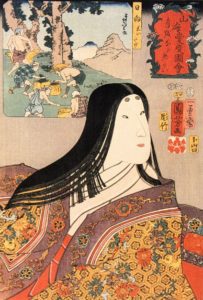 In Japan, perfect eyebrows have always been the most important aspect of makeup. Naturalness was not necessarily desired.
In Japan, perfect eyebrows have always been the most important aspect of makeup. Naturalness was not necessarily desired.
In the Heian period (794-1185), noble ladies completely removed the eyebrow hairs and instead drew an elaborate high arch. This trend was called “Hikimayu”.
In the 12th century the look reached its extreme peak at the imperial court: Overlong straight black hair to a white-powdered face, red lips with blackened teeth (!) and painted eyebrows in cloud-like ovals high on the forehead.
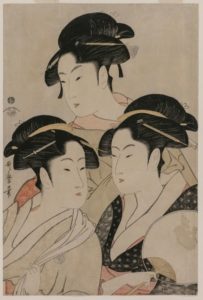 The ideal of beauty for women in those days was a mask-like face that showed no expression of emotion. The eyebrows painted high on the forehead thus helped to hide feelings.
The ideal of beauty for women in those days was a mask-like face that showed no expression of emotion. The eyebrows painted high on the forehead thus helped to hide feelings.
During the economic growth of the Edo period in the 17th and 18th centuries, Japan had a strict social order, and beauty was also subject to certain rules.
Depending on the form and the way the eyebrows were worn, one could draw conclusions about the lady’s age and social status at that time.
The shaving of the brows was ritualized, as the bride’s eyebrow hairs were removed during the wedding ceremony. Only after the birth of the first child was hair allowed to grow again.
Middle Ages and Renaissance
In medieval Europe, women were expected to have as light a complexion as possible with a very high forehead, and the hairline and eyebrows were shaved or plucked.
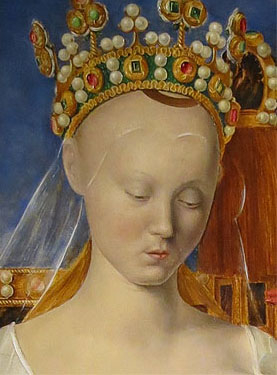
They were also supposed to be super thin, fine and light. By rubbing them with walnut oil, for example, one tried to prevent the growth of the eyebrows and with various other means to bleach the eyebrows.
This fashion continued until the reign of Queen Elizabeth I, who attached great importance to her appearance and put on a lot of lead white, which was not necessarily beneficial to her health. This may have been the reason why she launched her famous browless look – because her eyebrow hairs had fallen out.
Baroque and Rococo
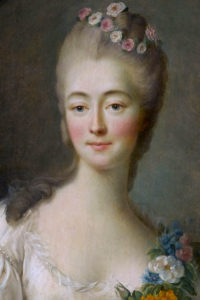
In the 17th and 18th centuries, there was a comeback of full eyebrows.
The extreme pale complexion achieved with lead white remained modern. Since the toxic additives of the foundation affected the hair growth in the face, people resorted to false eyebrows, as in ancient times.
However, in contrast to ancient Rome, these were made of mouse skin (!) and were the subject of amusing verses on eyebrow mousing:
On little things, as sages write,
Depends our human joy or sorrow,
If we don’t catch a mouse tonight,
Alas! No eyebrows for tomorrow.
The poet Matthew Prior wrote in 1718
Helen was just slip into bed
Her eyebrows on the toilet lay
Away the kitten with them fled
As fees belonging to her prey.
Brewing in modern times
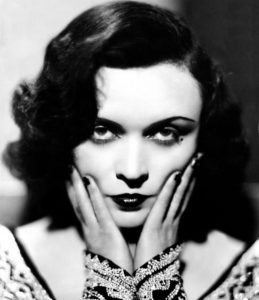
The 20th century brought many changes, including commercial cosmetic products.
T.L. Williams created “Lash-Brow-Ine” in 1919, inspired by his sister Mabel, who applied Vaseline mixed with coal dust to eyelashes and brows. He will therefore later name his cosmetic product line Mabelline after his sister.
A great innovation was the silent movie, where the facial expressions of the actors were very important. Not without reason the eyebrows were so strongly accentuated in the silent movie era.
They were plucked extremely thin and drawn very long in black. Oil was applied to make them shiny. The glamorous actresses were the beauty idols of the time and were often imitated.
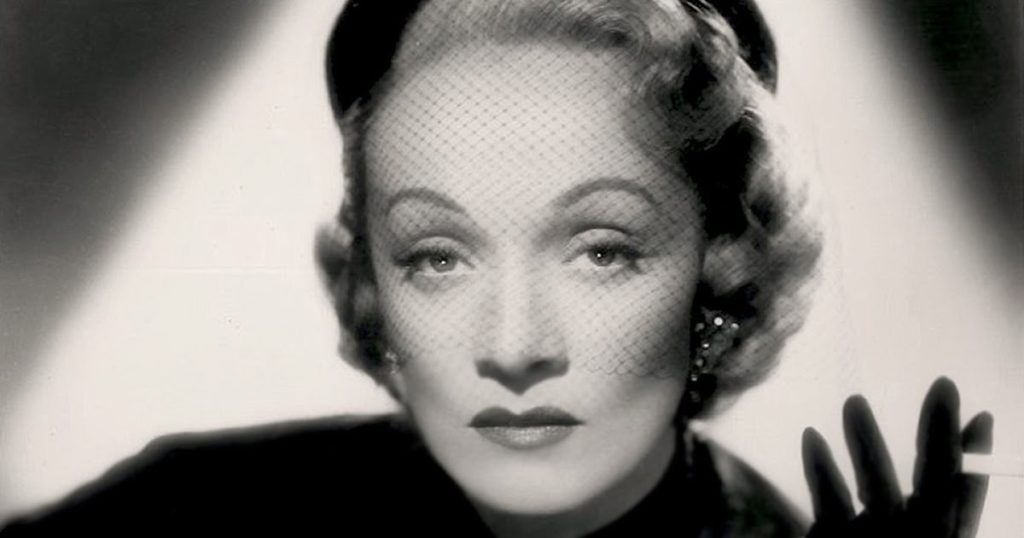
The most dramatic eyebrows of modern times are part of the make-up of the thirties.
They were thin as a line and exaggeratedly high. Actresses like Marlene Dietrich and Greta Garbo shaved their brows completely and drew them at a higher place in a strong arch.
Jean Harlow’s almost clownish eyebrows, which you can see on the cover picture, became her signature style.
Some actresses shaved their eyebrows for film roles and then had the bad luck that they never grew back:
For her first movie role as a blond slave in “Roman Scandals” (1933), Lucille Ball had been asked to remove her eyebrows. She had to trace them for the rest of her life.
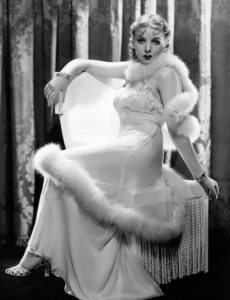
Lana Turner had also removed her eyebrows for “The Adventures of Marco Polo” (1938) so that they could be traced in an Asian style.
They never grew again and Lana Turner glued false eyebrows on herself. Her daughter Cheryl Crane told that she had only seen her mother twice without her fake eyebrows.
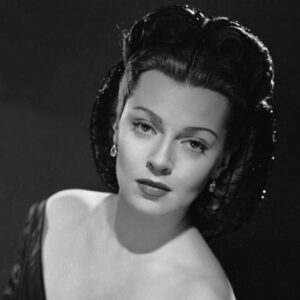
In the 1940s, natural eyebrows were back in fashion, while the 1950s is a decade of very accentuated and wide eyebrows.
Just think of the extreme eyebrows of Audrey Hepburn.
Correct makeup art can be seen on the left side of Sophia Loren’s eyebrows. They consist entirely of vertical strokes that give the appearance of hairs.
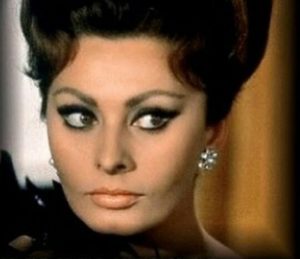
Already at the end of the 1960s, makeup artist Italo Fava, who worked on the film set for Max Factor in the films of Federico Fellini, revealed the secret: Sophia Loren would shave off her eyebrows and artistically trace them. They would grow too low above her eyes and her natural shape would give her a sad expression.
The seventies are then again a time of extremely thin and finely drawn eyebrows. Here the fashionable bow before the 1930s is evident. In the 80s, the eyebrow look is again broader and more natural, while in the 90s it goes back to the thin extreme. Then, no wonder, the natural width comes back.
In the 21st century, however, what is currently hip is changing even faster. It’s hard to even identify a particular look for as long as 10 years. Individual preferences are now strongly defining the look.
